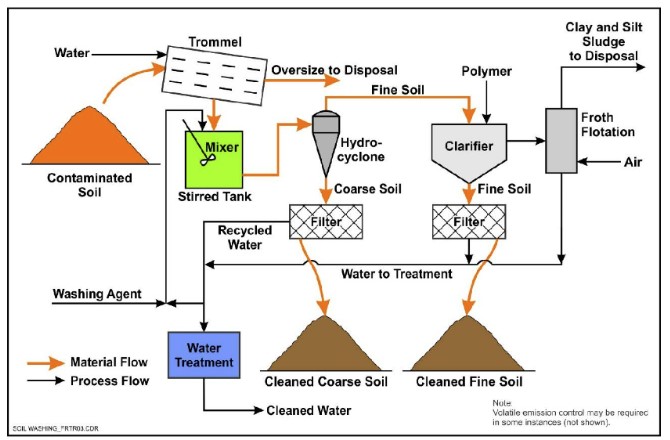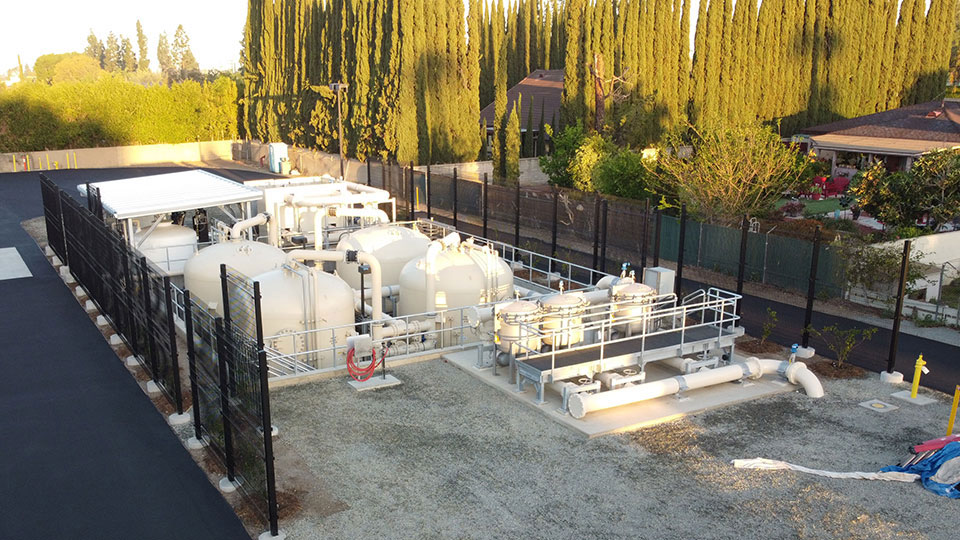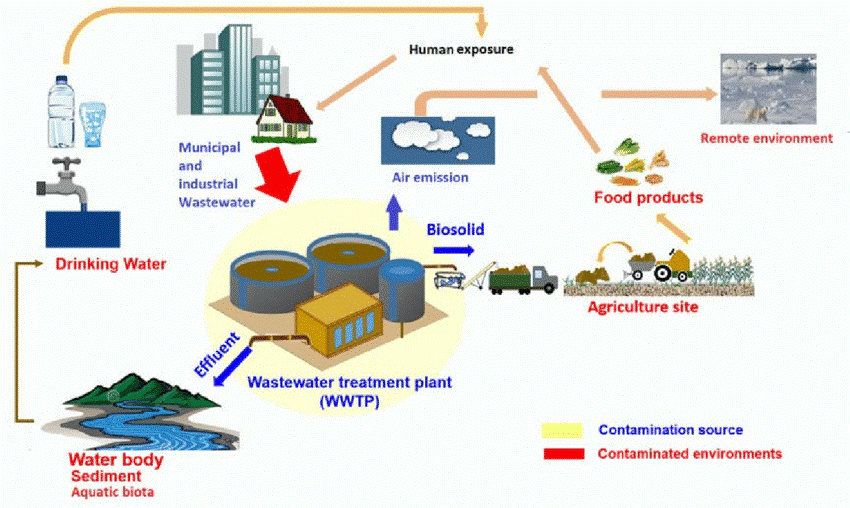M270 Waste Management: An Innovative Solution for Managing Harmful Waste
M270 Waste Management: An Innovative Solution for Managing Harmful Waste
Blog Article
Your Overview to PFAS Treatment Technologies and Perks
The occurrence of PFAS contamination in water sources requires a comprehensive understanding of offered therapy modern technologies. Each modern technology not only targets specific PFAS substances yet additionally plays a critical function in improving overall water top quality and securing ecological integrity.
Recognizing PFAS Contamination
Recognizing PFAS contamination is important for addressing its prevalent influence on ecological and human health (m270 pfas treatment). Per- and polyfluoroalkyl substances (PFAS) are a team of synthetic chemicals commonly made use of in numerous commercial and customer items due to their water- and grease-resistant buildings. Frequently located in firefighting foams, non-stick cooking equipment, and water-repellent materials, PFAS have entered the setting with production procedures, wastewater discharges, and leaching from landfills
Once released, these compounds linger in the atmosphere, bring about extensive contamination of soil and water resources. Their distinct chemical structure, defined by solid carbon-fluorine bonds, provides them resistant to deterioration, leading to a sensation recognized as "forever chemicals." PFAS can accumulate in the human body and the food chain, possibly triggering negative health results, including immune system disruption, developmental problems, and an enhanced threat of particular cancers cells.
Governing agencies and wellness organizations are progressively identifying the relevance of PFAS contamination, prompting efforts to keep an eye on, evaluate, and alleviate its effects. Recognizing the pathways of PFAS contamination is crucial for informing public policy and developing reliable strategies to safeguard both ecological and human health.
Introduction of Therapy Technologies
Different treatment modern technologies have been established to attend to the challenges positioned by PFAS contamination in water and soil. These technologies can be generally identified into numerous classifications, each with its special mechanisms and effectiveness in getting rid of PFAS substances.
One popular approach is ion exchange, which utilizes material materials to catch and remove PFAS from polluted water. This technique is specifically effective for short-chain PFAS and can attain substantial reductions in focus levels. One more technology, progressed oxidation procedures (AOPs), employs solid oxidants and ultraviolet light to break down PFAS into less damaging substances. AOPs appropriate for dealing with a wide range of PFAS substances however may require mindful optimization to make the most of efficiency.

Triggered Carbon Filtering
Triggered carbon purification is a widely used method for the elimination of PFAS from contaminated water, known for its basics capacity to adsorb a wide variety of natural compounds. This innovation utilizes activated carbon, a highly permeable product with a considerable surface location, which promotes the binding of PFAS particles through physical adsorption. The performance of activated carbon in eliminating PFAS is affected by read this numerous factors, including the kind of carbon used, the contact time, and the focus of PFAS in the water.
One of the benefits of triggered carbon filtration is its adaptability; it can be applied in various configurations, such as granular triggered carbon (GAC) systems or powdered activated carbon (POLITICAL ACTION COMMITTEE) systems. GAC systems are generally utilized in larger-scale applications, while special-interest group can be used in smaller or temporary configurations. The modern technology is relatively simple to operate and preserve, making it obtainable for numerous water treatment centers.

Ion Exchange Solution
Ion exchange systems stand for one more effective strategy for the elimination of PFAS from infected water, matching techniques like activated carbon filtering. These systems operate the concept of exchanging ions in the water with ions held on a resin material. Ion exchange resins can be specifically developed to target the negatively billed PFAS substances, properly catching them and enabling cleaner water to go through.
Among the main benefits of ion exchange systems is their capability to get rid of a variety of PFAS, including both long-chain and short-chain variants. This versatility makes them ideal for different applications, ranging from municipal water therapy to industrial processes. In addition, ion exchange systems can usually achieve reduced detection limits for PFAS contrasted to some various other treatment techniques, hence enhancing water high quality.
However, it is vital to keep track of and manage the regeneration of ion exchange media, as the efficiency can decrease gradually as a result of saturation. Proper maintenance and replacement of the resin are vital for sustaining the system's performance. Overall, ion exchange systems provide a trustworthy and effective remedy for PFAS removal, adding dramatically to safe drinking water requirements and environmental defense.
Advanced Oxidation Processes
Advanced Oxidation Processes (AOPs) make use of powerful oxidants to efficiently degrade PFAS compounds in infected water. These ingenious treatment approaches create highly responsive varieties, such as hydroxyl radicals, that can damage down complex PFAS molecules right into much less harmful byproducts. m270 pfas treatment. AOPs commonly utilize combinations of ultraviolet (UV) light, ozone, hydrogen peroxide, or Fenton's reagent, enhancing the oxidation potential and enhancing degradation efficiency
The primary advantage of AOPs depends on their ability to target a wide variety of PFAS substances, consisting of both long-chain and short-chain variants. This adaptability is essential, as PFAS contamination frequently includes mixtures of various compounds with differing chemical frameworks. In addition, AOPs can be incorporated into existing water treatment systems, making them a useful remedy for many municipalities and sectors.
Nevertheless, the application of AOPs can be resource-intensive, needing careful factor to consider of operational costs and energy consumption. In addition, while AOPs work in breaking down PFAS, they may not entirely get rid of all byproducts, requiring further therapy actions - m270 pfas treatment. On the whole, AOPs stand for a promising avenue for resolving PFAS contamination, adding to cleaner water sources and boosted public health and wellness protection

Conclusion
By selecting the appropriate innovation, neighborhoods can improve water high quality, protect public wellness, and mitigate the environmental threats linked with PFAS direct exposure. Continued research and application of these techniques are necessary for reliable management of PFAS contamination in impacted locations.
Report this page